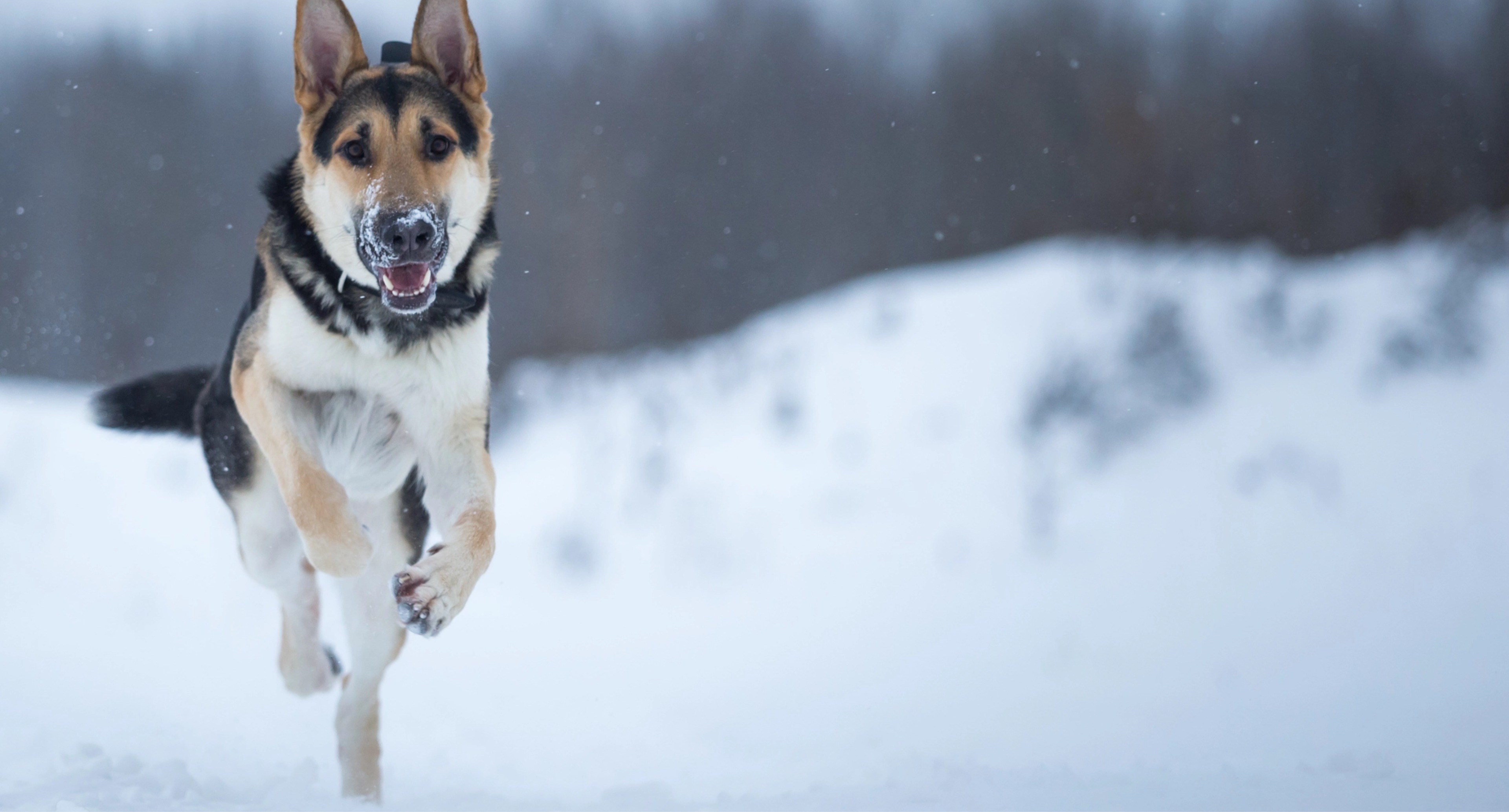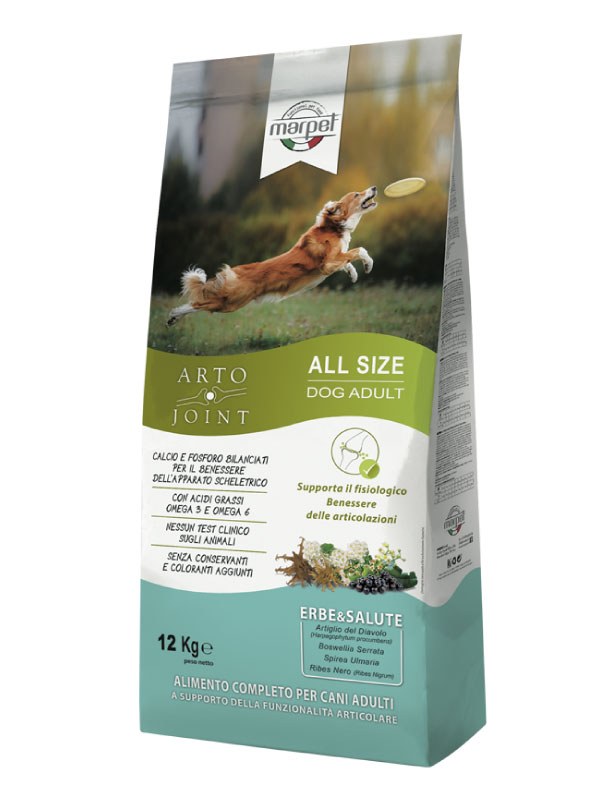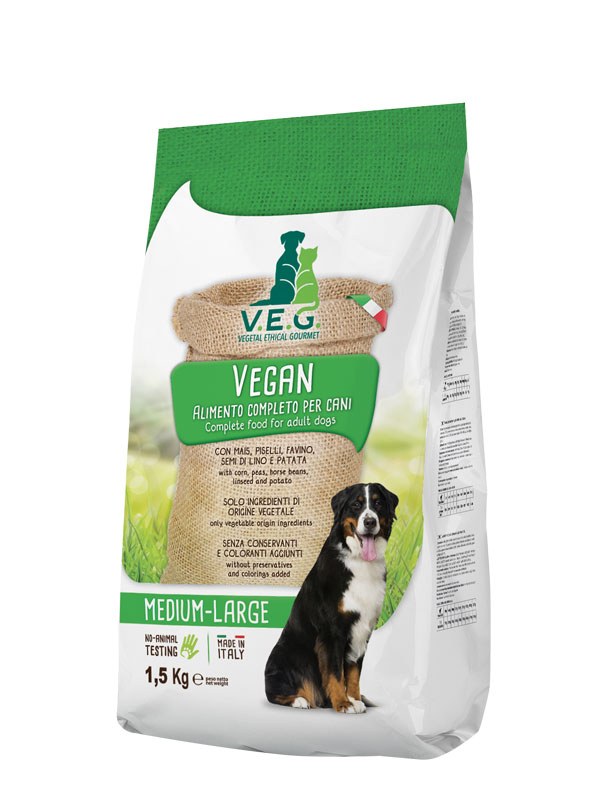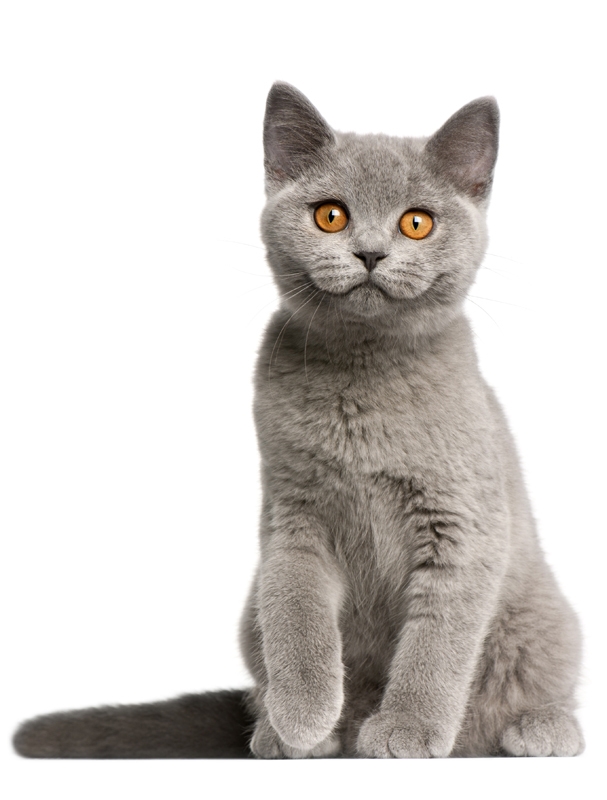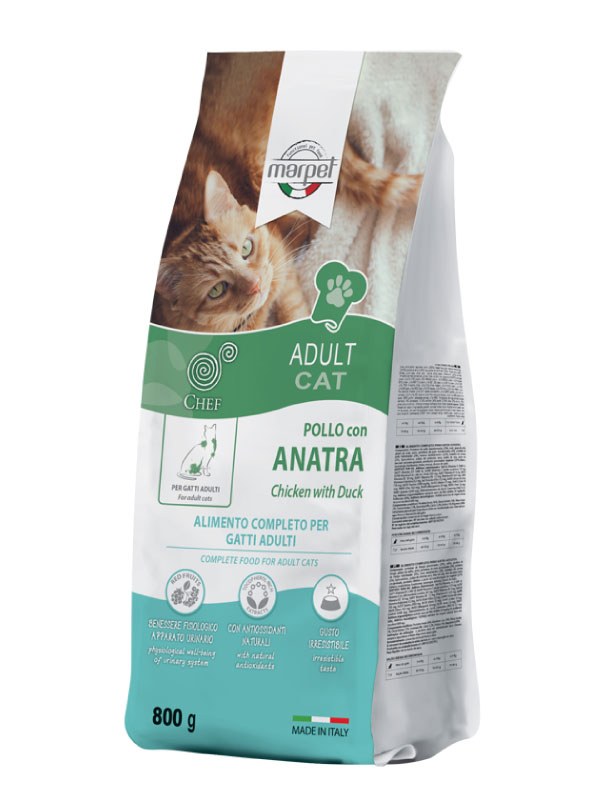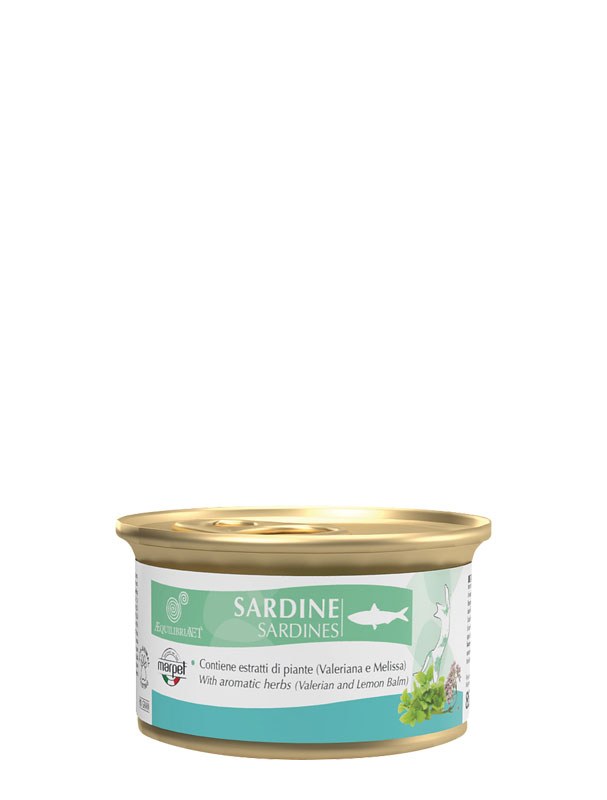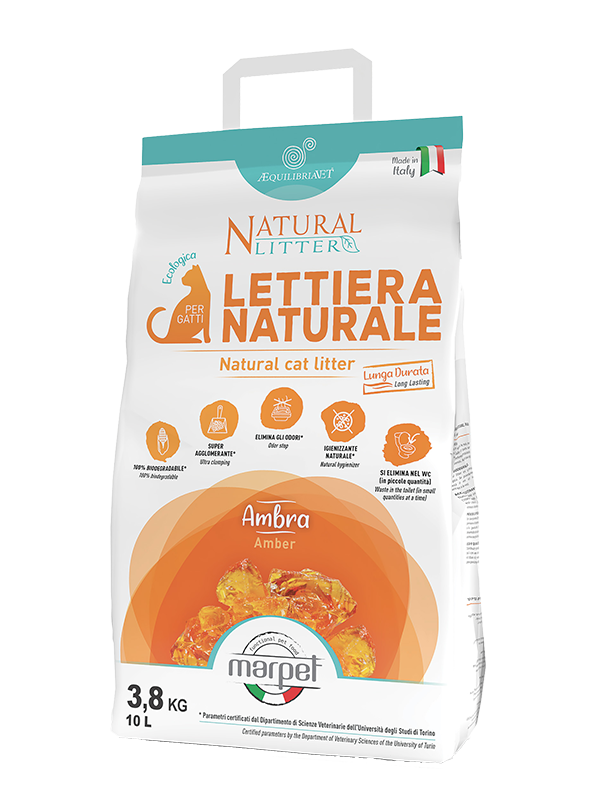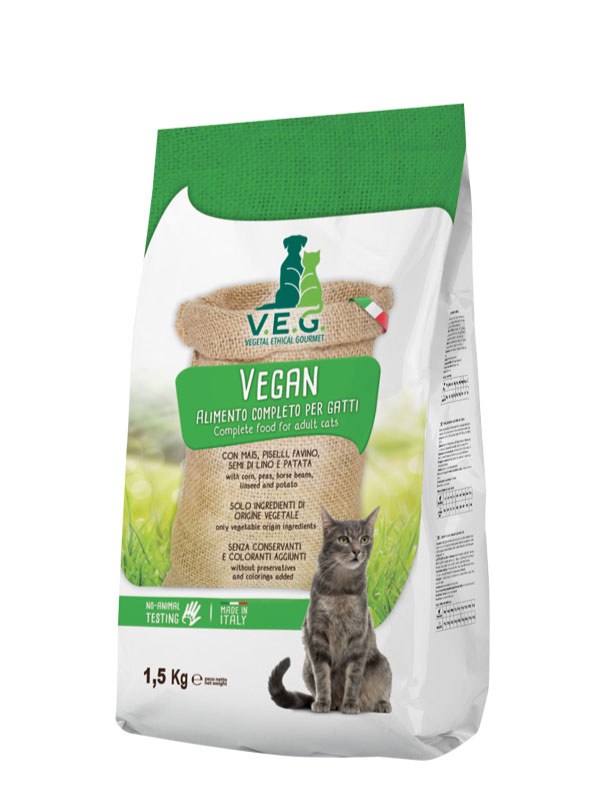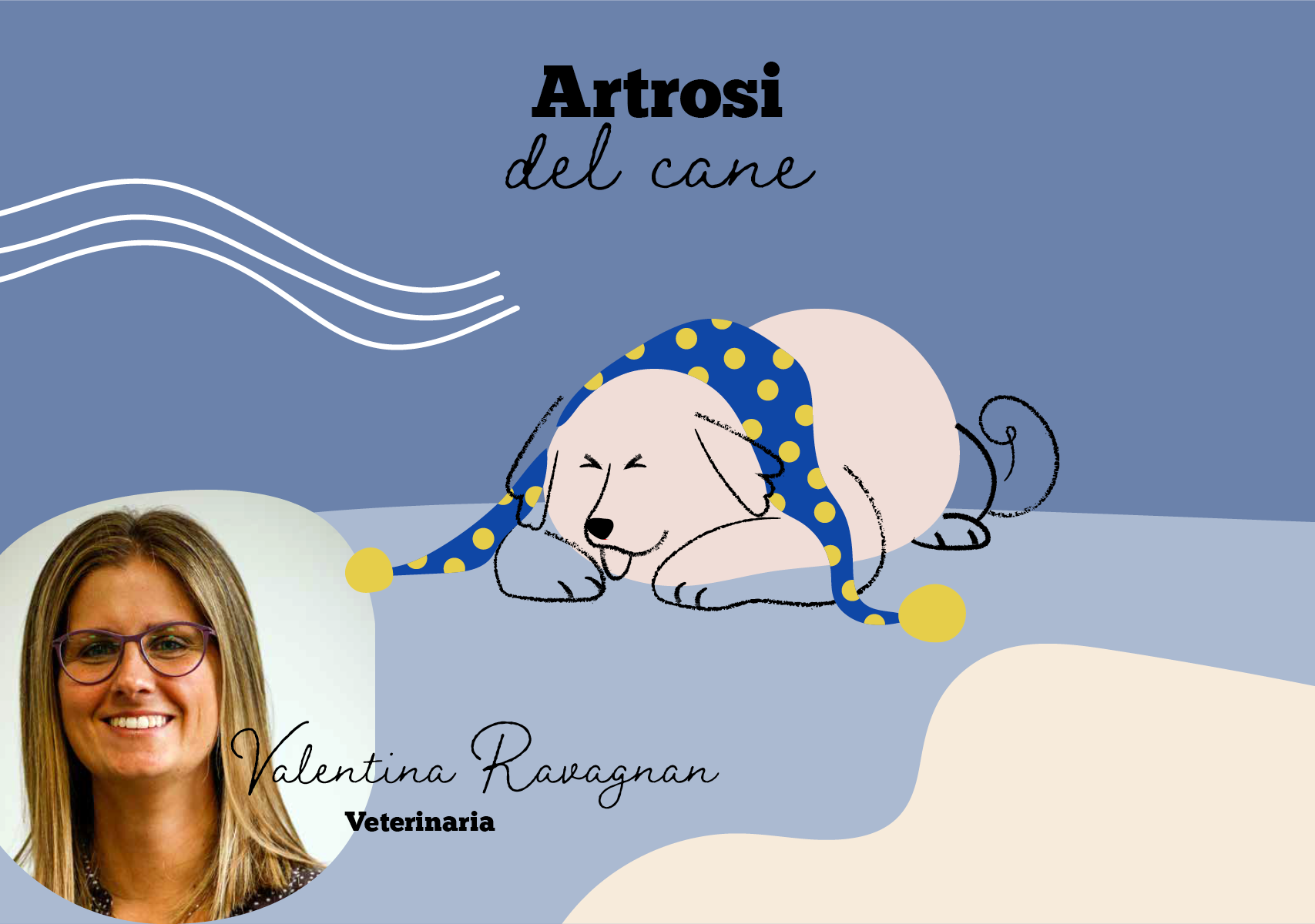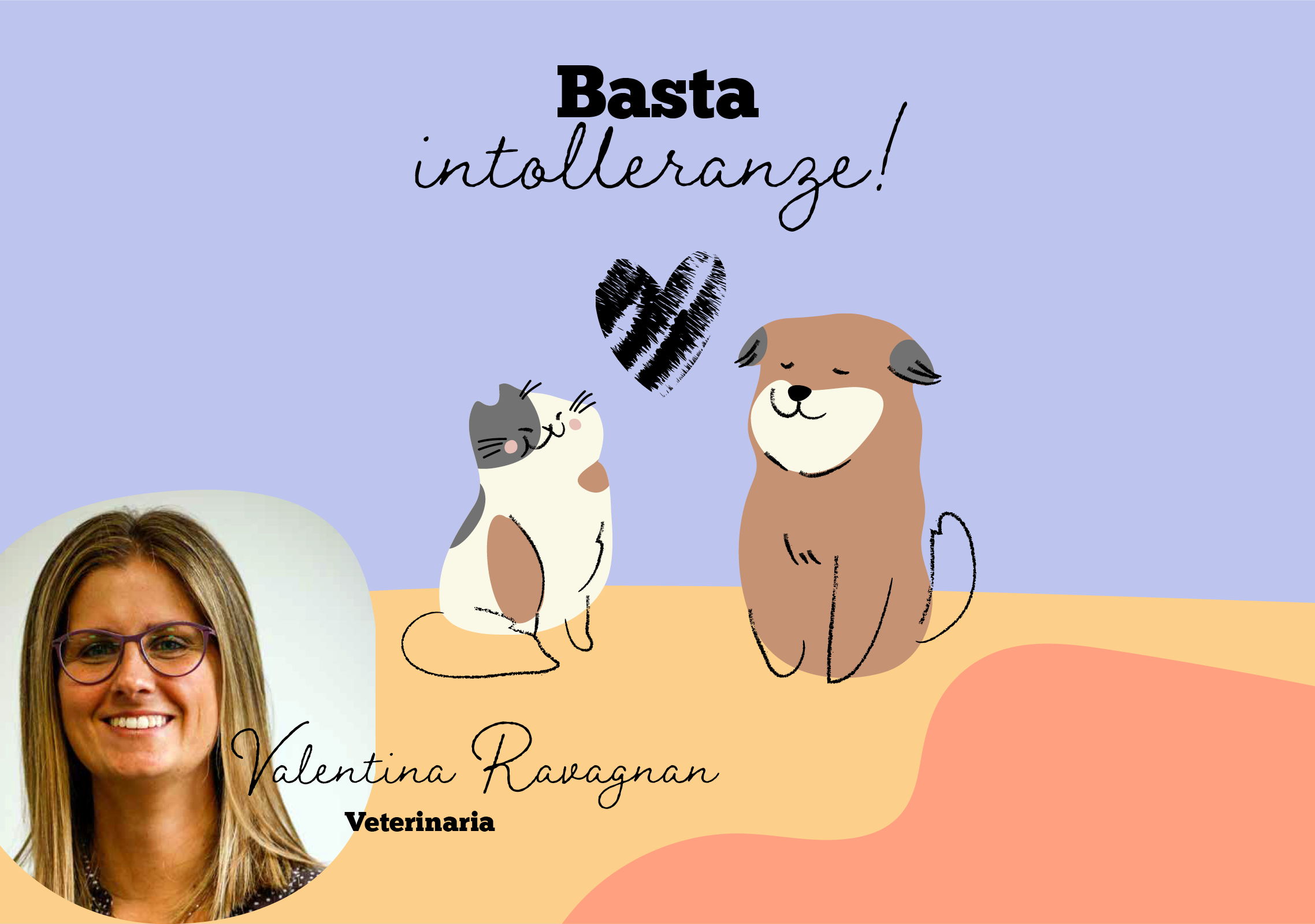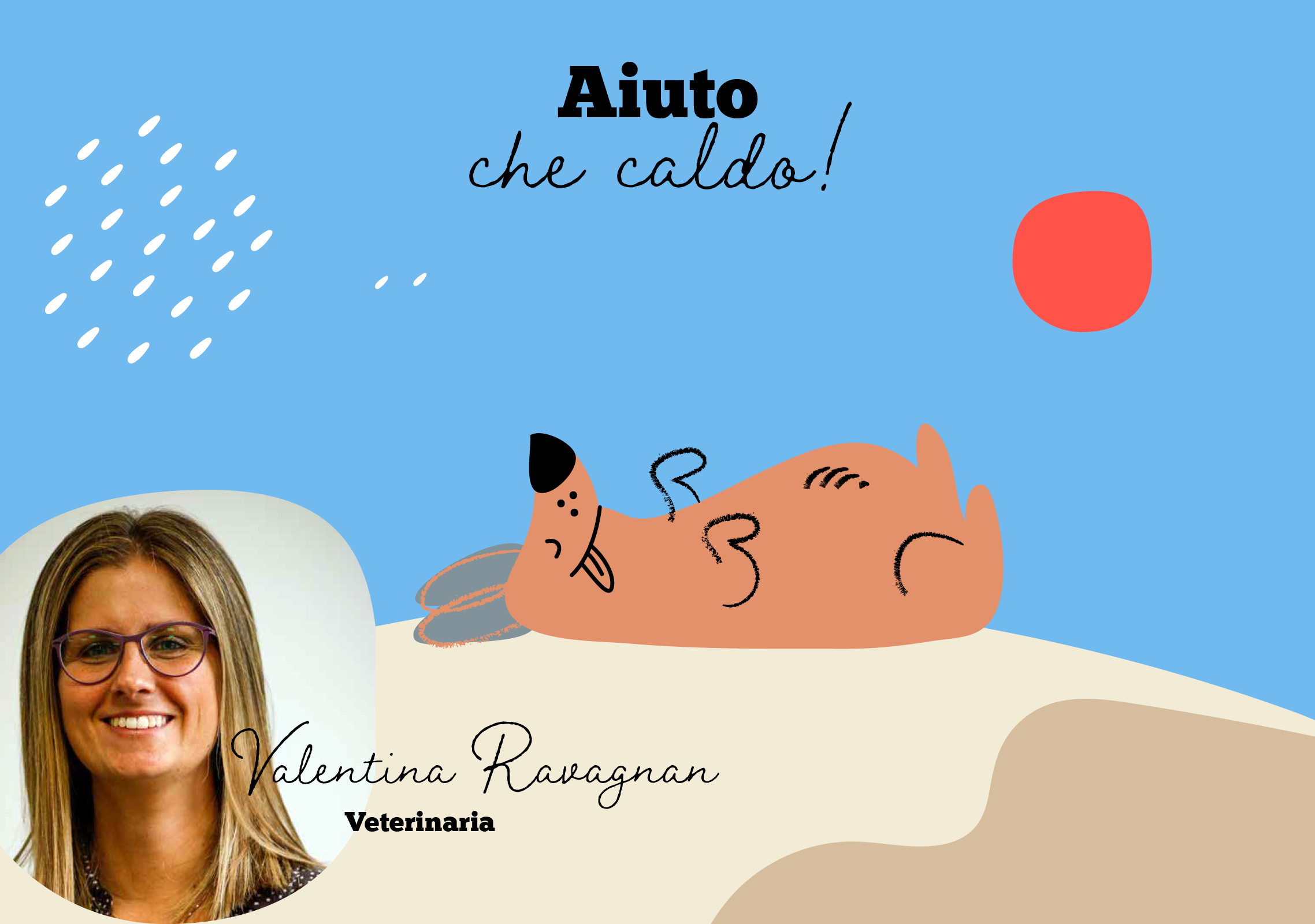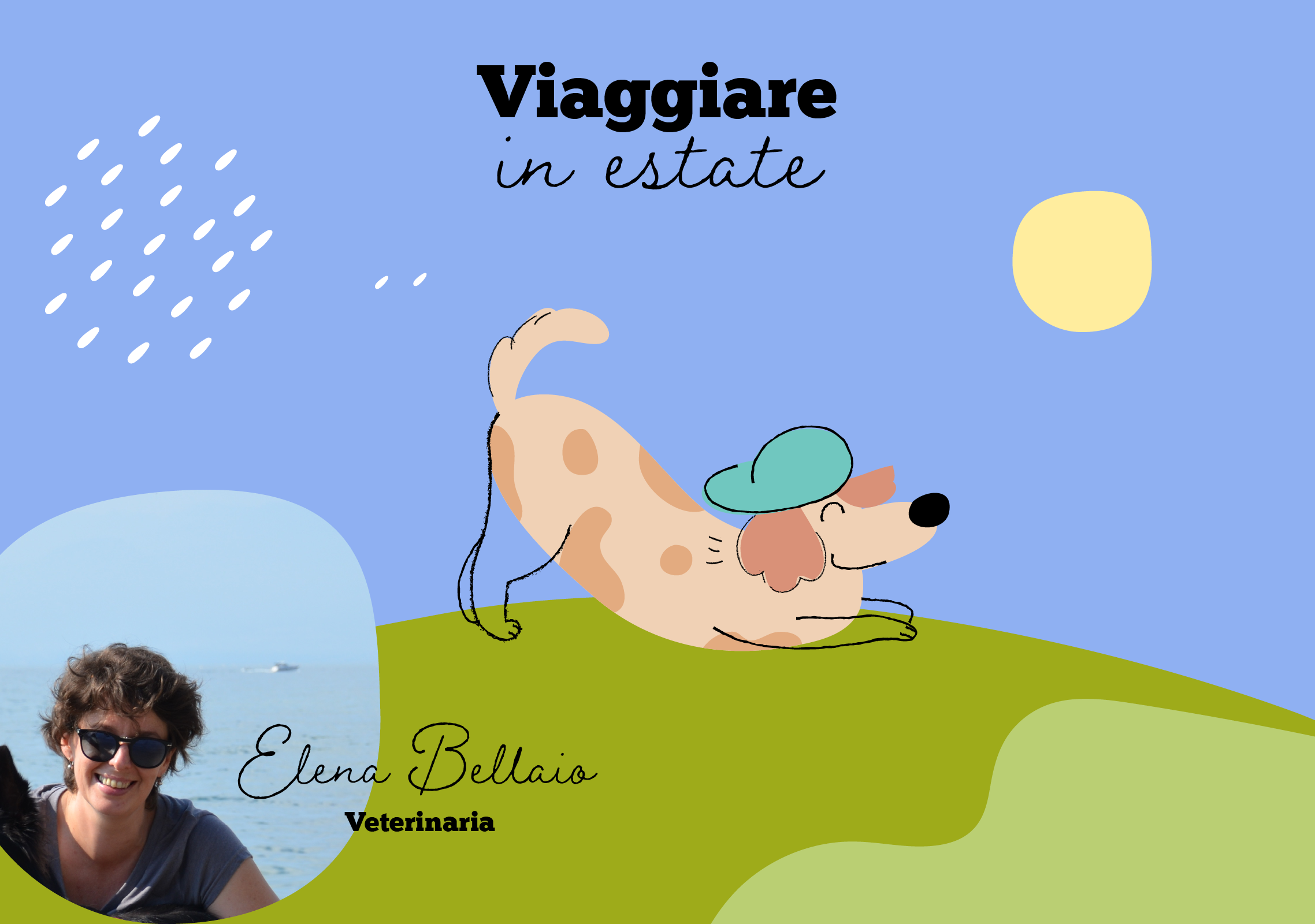PLAQUE AND TARTAR: TWO INSIDIOUS ENEMIES
It is sometimes overlooked that our four-legged friends also need to brush their teeth but, in reality, food residues and bacteria also accumulate in their mouths, which can lead to real pathologies of the oral cavity such as gingivitis, plaque, tartar and halitosis. Both dogs and cats are advised to clean their teeth daily with a toothbrush and toothpaste to mechanically act on the accumulation of plaque and thus reduce the formation of tartar. However, we know that our friends are not always so cooperative. This is why it is important to teach them to tolerate brushing from a very young age. If, on the other hand, we have not succeeded in getting them used to it or if they really don't want to touch their mouths, we must not be discouraged: some companies have developed specific spray toothpastes which, thanks to the content of certain enzymes obtained from plants and their antibacterial action, act on plaque deposition and the bad breath that follows.
However, it is important to remember that these products cannot be effective if tartar is already present because, given the hardness of this substance deposited on the tooth, it must be removed using a procedure that can only be carried out by a veterinary surgeon under general anaesthesia, a procedure known as debridement using ultrasound equipment. Precisely for this reason, prevention is fundamental and another useful tip to help reduce plaque deposition is to prefer dry foods (i.e. kibble), which, thanks to the mechanical action on the tooth during chewing, help keep teeth cleaner. Cats are even more prone to plaque deposition due to their predominantly wet diet compared to kibble and, even more so, it is essential for them to use spray toothpastes which are easier to use than the toothbrush and classic toothpaste. There are also many snacks dedicated to dental hygiene, with special shapes that help to mechanically clean the tooth during chewing, which helps to prevent plaque deposition, and others that contain functional substances that limit the bacterial load or neutralise bad breath.
Finally, it is a good habit to take your dog or cat to your vet to periodically check the state of wellbeing of teeth and gums, so that you can intervene at the right time and reduce the risk of more complex and difficult oral pathologies
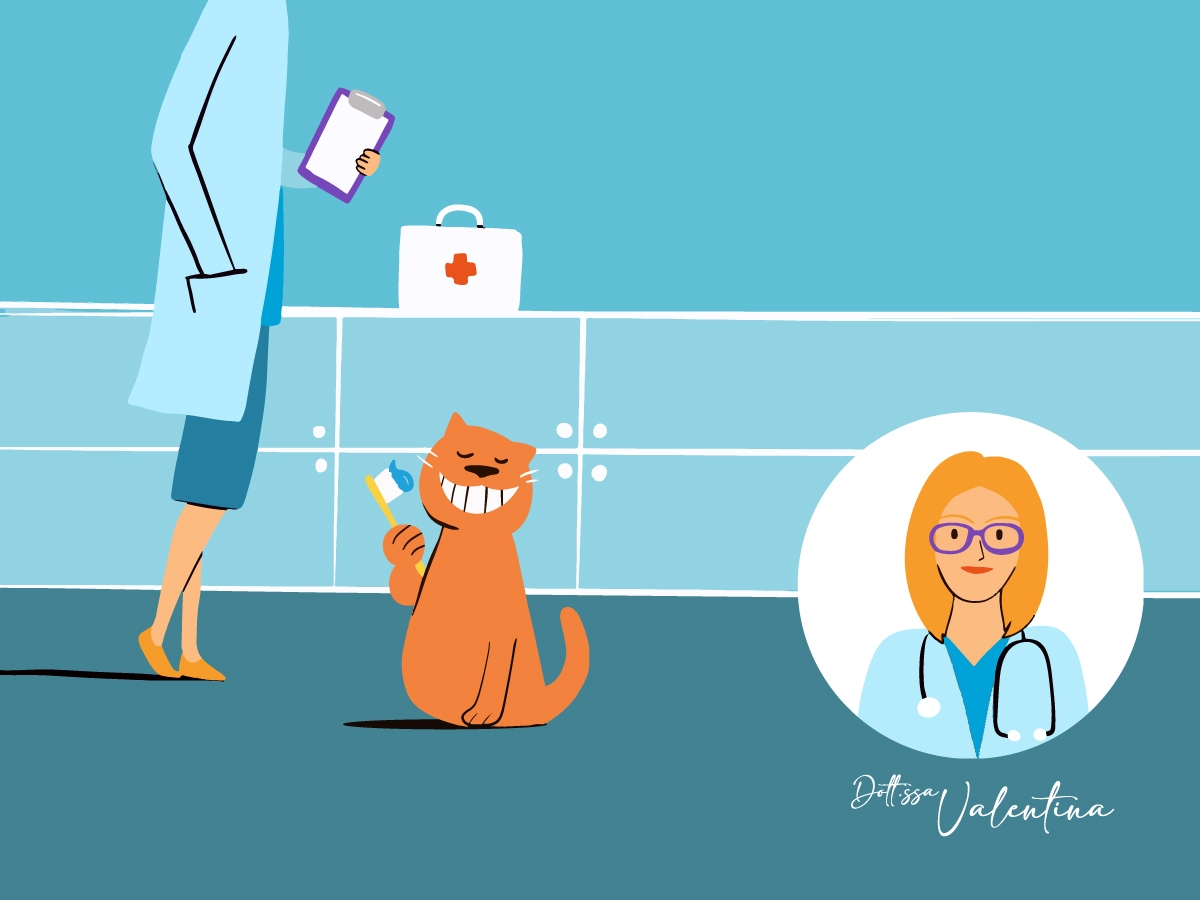
The arrival of autumn and the resulting cold weather is certainly a time of great interest for anyone with a dog or cat, especially if the animal is elderly or suffers from joint problems.
I prodotti monoproteici hanno preso parecchio spazio sugli scaffali dei nostri petshop preferiti. Ma cosa vuol dire alimento monoproteico?
Especially during the hottest months of the year, thermal changes and high temperatures can be really dangerous both for us humans and for our inseparable animal friends. What are the risks of so-called heatstroke? And what are the best ways to prevent its consequences? Let's find out together!
